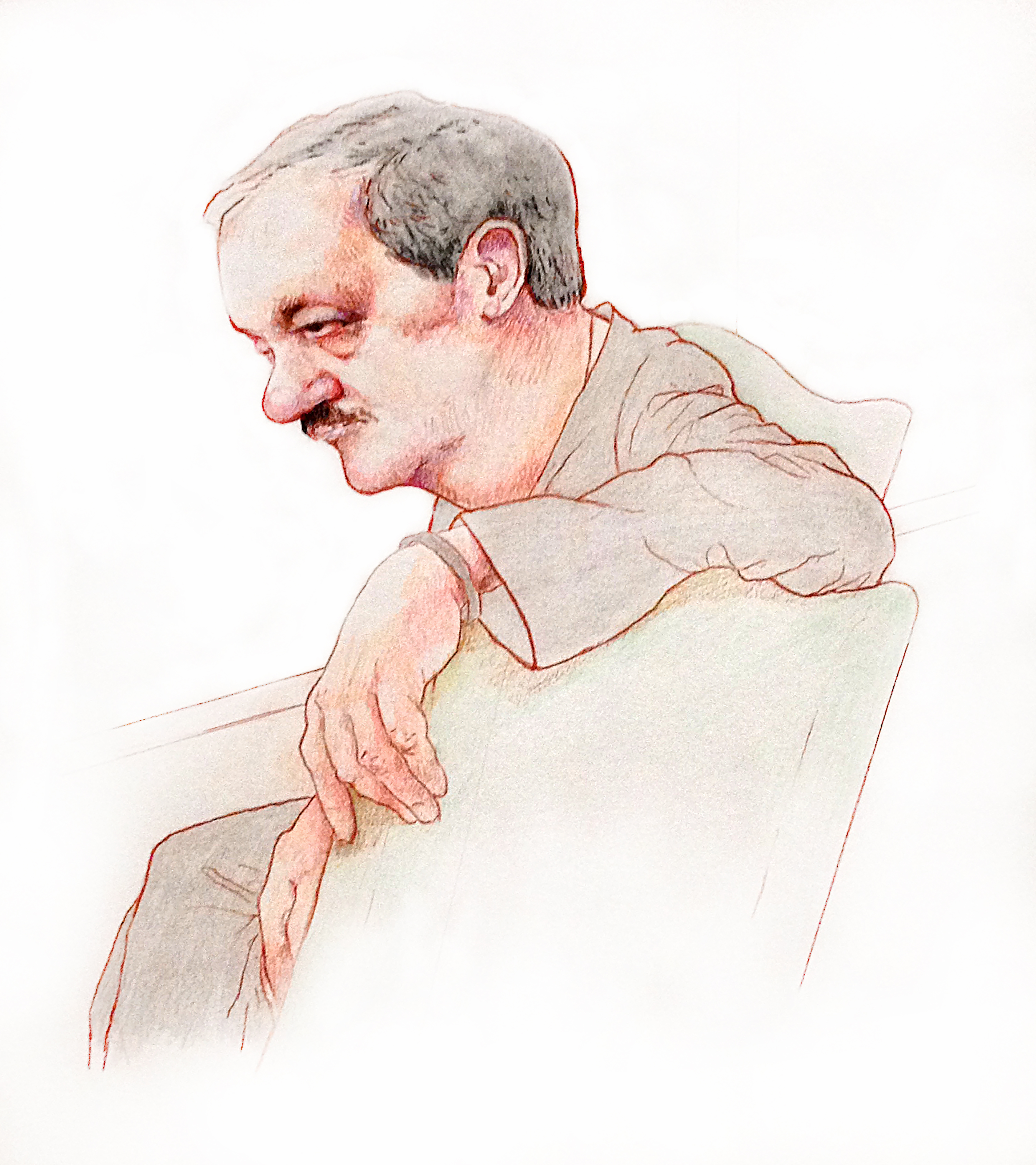Dispute growing over anti-rule testimony
October 15, 2015 by Ken Ward Jr.
Illustration by Jeff Pierson
As testimony continues in the courtroom in the Don Blankenship trial, a behind-the-scenes legal dispute is growing over what federal prosecutors argue in an effort by defense lawyers to make questioning the wisdom of federal mine safety regulations part of Blankenship’s defense.
It started last week with this motion from U.S. Attorney Booth Goodwin’s team, seeking to block evidence and argument about the proper (or improper) use of belt-air ventilation, in which conveyor belt tunnels in underground mines double as the main fresh-air intakes. The defense then filed this response.
And today, the government filed a reply in which they say this:
The United States anticipates, and the defense has represented, that Defendant will continue to attempt to question witnesses about this disagreement with the regulations.
Allowing Defendant to elicit testimony about whether the prohibition on belt air usage was proper defies this Court’s ruling in limine. In his response, he does not even address the fact that the evidence he seeks to introduce is evidence on whether belt air should have been prohibited at UBB. Defendant’s own labeling of this evidence as evidence of “disagreements between MSHA and officials at UBB and Massey about the proper way to ventilate the mine” supports the United States’ argument. A mine is ventilated properly if it meets the regulatory standards, including the standard prohibiting belt air without adequate justification. Disagreement over the proper way to ventilate is a disagreement with those standards.
To read more about the legal dispute at issue, you can read the government’s original motion on the matter and Blankenship’s response. When she ruled on the matter, Judge Berger simply said:
I also grant the motion in limine as it relates to claims that federal mine safety standards were incorrect, misguided, or imprudent. I think we all know that that type of evidence is obviously inadmissible.

 Subscribe to the Coal Tattoo
Subscribe to the Coal Tattoo
